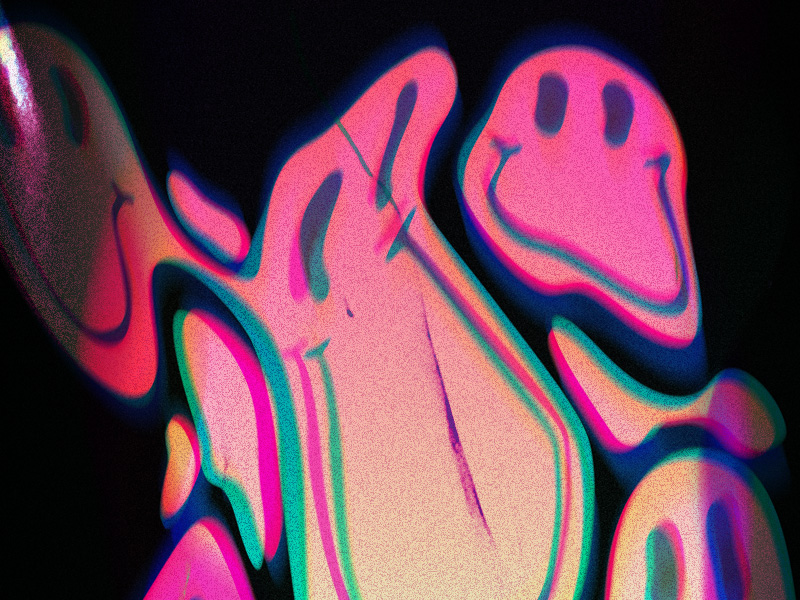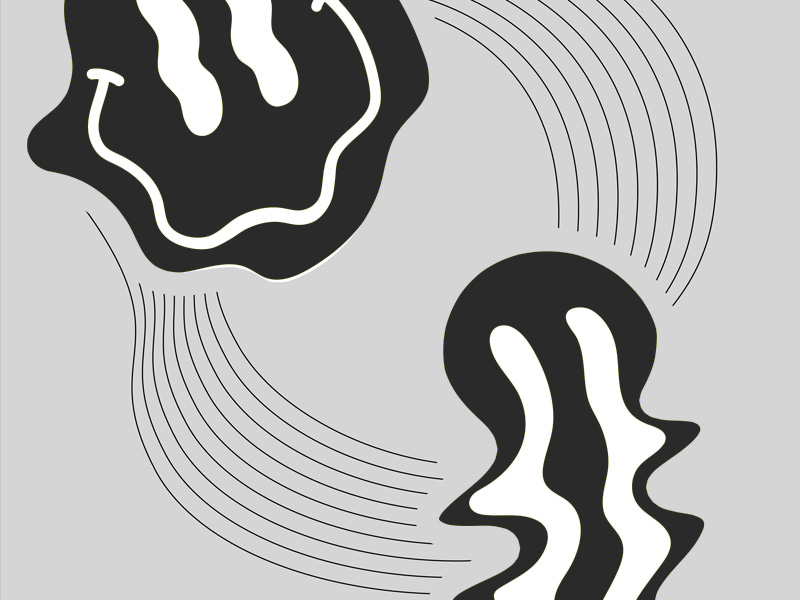Online socializing has come a long way since the birthplace of the internet in 1983. That was 40 years ago, and who would have thought the internet would evolve the way it did?
Especially how it revolutionized the way people socialize. For better or worse…
Today, I’ll be looking at the world’s most popular social media networks (as of January 2023) and list out their:
- Monthly active users
- Last known revenue
- Main form of user attraction
In the end, I’ll be giving you my mind’s eye on online socialization and how these social networks have changed us, perhaps forever.
Here’s the chart with the data:
| Social Media Network | Monthly Active Users | Last Known Revenue (2022) | Main Form of User Attraction |
| 2.958 billion | $116 billion revenue ($23.1 billion profit) | All-encompassing socialization (private messaging, public feed, posts, etc.) | |
| YouTube | 2.514 billion | $29.24 billion | Videos |
| 2 billion | $906 million | Versatile messaging (private and group chats) | |
| 2 billion | $51.4 billion | Video and photo sharing | |
| 1.309 billion | $62.8 million | Instant messaging, mobile payments | |
| TikTok | 1.051 billion | $11.04 billion | Short videos |
| Facebook Messenger | 931 million | Unknown, possibly around $4 million (uncertain) | Talking to friends on Facebook |
| Douyin | 715 million | $20 billion | Short videos |
| Telegram | 700 million | $1 million | Emphasis on privacy |
| Snapchat | 635 million | $4.6 billion | The “Snap” concept and privacy |
| Kuaishou | 626 million | $23.13 billion in Q3 2022 | Short videos |
| Sina Weibo | 584 million | $1.84 billion | Micro-blogging similar to Twitter and Instagram |
| 574 million | $83.63 billion | Instant messages, casual videos, voice calls | |
| 556 million | $4.4 billion | Sharing ideas and making your opinions known | |
| 445 million | $2.8 billion | Discovering ideas |
Judging from the chart above, Facebook is, by far, the most popular social media platform in the world. Actually, four out of the 15 apps on this list belong to Facebook (collectively known as the Family Apps of Meta).
If I were to describe Facebook in a word, it would be versatile. There’s everything for everyone, including:
- Private messaging
- Public feed
- Public posts
- Stories
- Video capabilities
- Marketplace
- Games
There’s a very good reason why Facebook has stood the test of time, and even 19 years late, it’s still the most used social network in the world. It has a simplistic, intuitive, and user-friendly interface, and it knows how to appeal to the public.
As I said in a different article, Facebook is generally perceived as a laidback and family-friendly place where you’ll see cat pictures, people posting photos about their vacations, and wholesome things. There’s the odd controversial post, but those are few and far between.
On average, Facebook is friendly, welcoming, and cozy as long as you’re not too sensitive and don’t take offense to the tiniest details.
Most importantly, I believe that a big reason why Facebook is still king, other than its near-perfect interface (for its intended purpose), is that it avoided getting clouded by politicized and controversial content.
Take a look at Twitter, for instance. In the article I linked above, you’ll see exactly why Twitter has been unprofitable for most of its existence.
Apply that logic to Facebook only in reverse, and you’ll know why it was always (always) profitable.
Facebook has never marketed itself as purely a free speech platform where the world’s issues would be discussed.
Instead, it branded itself as family-friendly, a place where you can meet friends, socialize, laugh, and feel good. And that’s exactly what people have been doing on the platform, for the most part.
Is Social Media Good or Bad?
The answer to this question isn’t as black and white as that. Social media isn’t purely good nor is it purely bad. All that matters is how you use it.
You could spend a healthy amount of time on social networks, talk to your friends, plan out meetings, and have a good time.
Or you could spend an inordinate and unhealthy amount of time on social platforms, get engaged in never-ending debates, get frustrated, feel offended, and be unproductive.
If you ask me, I’ll say that people spend too much time on social media on things that don’t really matter that much.
Instead of scrolling through your feed and mindlessly watching funny videos, you could work on bettering yourself, learning a new skill, or going out in real life.
But let me be clear – some social media hasn’t hurt anyone. If you’re responsible and keep a tight rein on your social media outings while prioritizing more important things, you’re golden.
What’s harmful is becoming addicted to social media, developing hard-coded habits that you can’t easily unlearn, and finding yourself scrolling through feeds for hours on end, having accomplished nothing worth mentioning.
At the same time, social media is an excellent asset for growing your business because it gives you prime access to an audience that’s already used to buying stuff on these platforms.
You see, social media is either good or bad depending on what you do with it
Why Are Social Media Networks so Popular?
At their core, social media networks want to keep you entertained. They don’t have any noble motivations, nor do they rely on the goodness of heart to keep the platform running.
They’re making money off of their users through targeted ads. Other companies pay social networks like Facebook to put their ads in front of you. And you might click on those ads and buy something.
The way I figure it, there’s one major aspect that hooks people to a social media platform, and that’s the dopamine-based gratification system.
Let me explain:
- For every action you take on a platform like Facebook, you get instant feedback (post a picture —> receive likes = you get “gud feelings“)
- Everything happens fast, and it needs to because the average internet user has a lower-attention span. Fast content —> instant dopamine —> satisfaction = you get “gud feelings” again
- Every single element of a social media network is created to provide quick dopamine boosts.
- Rinse & repeat
Did you ever ask yourself why social media networks go through aesthetic changes over time? Logos, interface, buttons, they all change at some point.
That’s because the companies want to have a design that:
- Gets your attention
- Maintains your attention
- Keeps you coming back
- Stays in your memory for as long as possible
The perfect analogy for the way social media works is with the fast-food industry. Fast food is specifically devised to look and taste good.
They add flavor enhancers, color enhancers, extra sugar (that sends influxes of dopamine to your brain), and various additives that suppress your satiation (feeling full) all to get you hooked and addicted.
The end result is that you get addicted to fast food because it tastes so good, and you simply can’t stop eating it. The same concept applies to social media, by and large.
So, Is Humanity Doomed Because of Social Media?
No, not by a long shot. I’m not the alarmist type who foresees the end of the world whenever something has some downsides to it.
However, make no mistake – social media addiction is a real phenomenon, and it’s quite simple to understand if you know what dopamine does. All you need to know is that social media networks are designed to give you artificial boosts of dopamine. Hence, addiction.
The lesson you should take from this is to learn to educate yourself not to fall for the dopamine cycle that social media puts you through.
Use it in a healthy, conscious, and controlled manner, and you’ll be better for it. That’s all! See you in the next article





